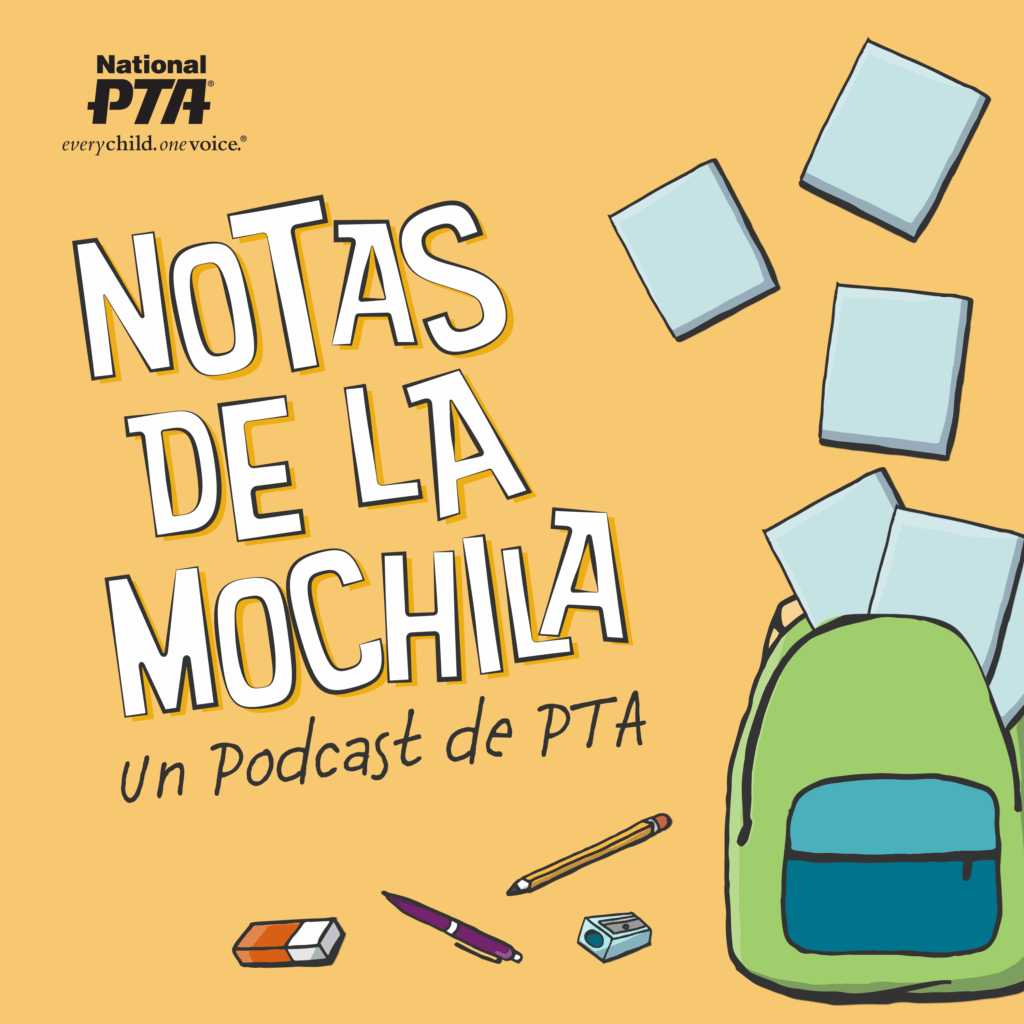With kids who touch and share EVERYTHING, keeping germs and colds—and the flu—away can be difficult. And despite widespread knowledge of the importance of handwashing, a recent study found that only 31% of men and 65% of women washed their hands after using a public restroom.
According to the Global Handwashing Partnership handwashing with soap impacts not just health and nutrition, but also education, economics and equity.
Handwashing with soap is an easy, effective, inexpensive do-it-yourself protection for the whole family that prevents the spread of germs, infections and diseases—and keep people healthy. Plus, you’ll spend less time at the doctor’s office and home from work and school.
Teach Handwashing Early
Washing hands can be a fun and entertaining activity for kids. It involves five simple and effective steps:
- Wet
- Lather
- Scrub
- Rinse
- Dry
The Centers for Disease Control and Prevention report that once kids learn how to properly wash their hands, they can—and often do—show their parents and siblings and encourage them to wash hands, too.
When handwashing with soap is practiced regularly at key times, such as after using the toilet or before contact with food, it can dramatically reduce the risk of diarrhea and pneumonia, which can cause serious illness and death.
Also, good hygiene practices help ensure children are healthy, so they can attend class and learn.
Help your family stay healthy by:
- Teaching your kids good handwashing technique
- Reminding them to wash their hands
- Washing your own hands with your kids
Try these fun handwashing activities with your children to reinforce the importance of handwashing.
- FightBac.org: Handwashing placemat
- Healthfully.com: Handwashing games for kids
- Livestrong.com: Games to teach kids about personal hygiene
- Food.unl.edu: Handwashing activity sheet
[infobox maintitle=”Keep the flu away from your family!” subtitle=”We have the tips on how to do it!” bg=”blue” color=”black” opacity=”off” space=”30″ link=”https://ptaourchildren.org/dont-make-flu-family-affair”]
For more information about handwashing, visit the Global Handwashing Partnership and CDC websites.


















